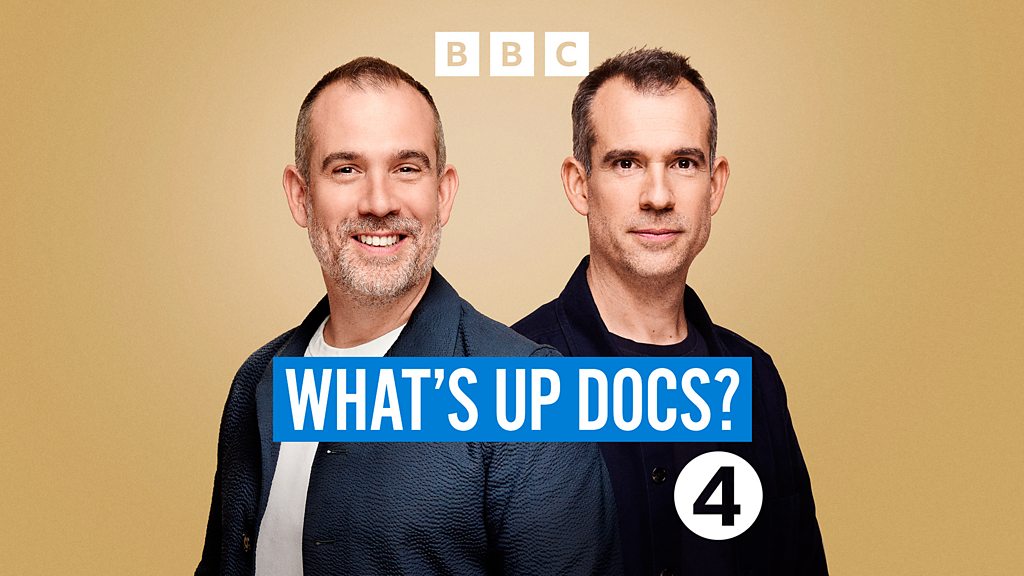ARTICLE AD BOX
By James Gallagher
Inside Health presenter, BBC Radio 4
Image source, Jimi Olaghere
Jimi Olaghere thought he would have to wait decades to be freed from his sickle cell disease - but now scientists have engineered his blood to overcome the disease which left him in constant pain.
"It's like being born again," says Jimi, one of the first seven sickle cell patients to have benefited from a revolutionary new gene-editing treatment being trialled in the US. He says it has changed his life.
"When I look back, it's like, 'Wow, I can't believe I lived with that.'"
Jimi, 36, has lived with sickle cell since childhood. "You always have to be in a war mindset, knowing that your days are going to be filled with challenges."
The disease runs in families. It is caused by a genetic mutation that leads to the body making abnormal haemoglobin. This is the protein that is packed into red blood cells and carries oxygen around the body. Red blood cells are normally round and squishy, but mutated haemoglobin can make them rigid and take on their characteristic sickle shape.
Image source, Getty Images
Image caption,Some red blood cells take on the characteristic sickle shape
These sickled cells struggle to navigate the body's blood vessels and get stuck, leading to blockages that stop flow of blood. The risk of heart attack, stroke and organ damage are all higher in people with sickle cell disease. Jimi may need a hip replacement because part of his bone tissue has died after being starved of blood - an irreversible condition called avascular necrosis.
Pain has been a lifelong companion for Jimi. It is like "shards of glass flowing through your veins or someone taking a hammer to your joints", he says. "You wake up in the morning with pain and you go to bed with pain."
But the hallmark of sickle cell disease are the severe pain episodes called crises, which need hospital care and morphine to take the pain away. For years, Jimi was in and out of hospital almost every month. Winters were the worst - as cold weather narrows the blood vessels near the skin and increases the risk of blockages. It is why Jimi moved his family across the US - down from New Jersey to the warmer climes of Atlanta, Georgia.
Image source, Jimi Olaghere
Image caption,Amanda and Jimi Olaghere moved south for the warmer weather
The disease has affected every aspect of his life. He is a technology entrepreneur because he couldn't imagine any employer being sympathetic to his frequent hospital visits. To escape from the constant pain, Jimi found "pockets of happiness" in video games and watching Liverpool play football.
His family urged Jimi to take part in other clinical trials or have a bone marrow transplant - which is an option for some people with sickle cell. But he thought they would involve too much time in hospital for the improvement in his quality of life. Instead, he pinned his hopes on a cure that was yet to be invented. He told his family: "One day in the future, probably 20 to 50 years from now, I'm going to get my DNA edited, and it's going to cure my sickle cell."
The future arrived a lot sooner than he imagined.
In late 2019, Jimi read an article about a new clinical trial using gene editing and he immediately emailed the medical team. A month later Jimi and his wife Amanda, who was eight months pregnant, travelled to the Sarah Cannon Research Institute in Nashville to see if he would qualify. When news came back that he had been accepted into the trial, Jimi said it was "the best Christmas present ever". And then he was lucky. The pandemic threatened to disrupt the trial as growing numbers of internal flights were cancelled due to low passenger numbers but he was able to commit to making a four-hour journey by car for each and every session..
- Inside Health is broadcast on BBC Radio 4 on Tuesdays at 2100 GMT - and Wednesdays at 1530 GMT. It is also available as a podcast on BBC Sounds.
- Listen to New therapies for sickle cell disease
In the trial, scientists would genetically engineer his body so he no longer produced that tainted haemoglobin.
First they had to get to the part of the body that manufactures red blood cells - these are stem cells that live in the spongy marrow at the centre of our bones. Then, in January 2020, Jimi was given drugs that flushed stem cells out of his bone marrow and into the bloodstream. He was then plumbed into an apheresis machine to collect the stem cells from his blood.
"You sit there for eight hours and this machine is literally just sucking all the blood out of you," he said.
At the end he was physically, mentally and literally drained and would need a transfusion to replace the blood that was taken. This was the hardest part of the whole process for Jimi and he went through it four times.
Jimi went home to recover after the final donation, but the harvested stem cells were only beginning their journey.
If only I could turn back time
Scientists were about to perform an impressive feat of genetic trickery that would turn back time in Jimi's blood.
When we are still in the womb, our bodies use a different type of haemoglobin called foetal haemoglobin. This grabs hold of oxygen more tightly than adult haemoglobin and is essential for a developing baby to take oxygen out of its mother's bloodstream.
After we're born, a genetic switch is flipped and we start making adult haemoglobin. Crucially, it's only the adult form of haemoglobin that is affected by sickle cell disease.
That genetic switch - memorably named BCL11A - was identified in the mid-2000s. And advances in the field of gene editing meant scientists now had the tools to flip it.
"Our approach is to turn that switch off and increase the production of foetal haemoglobin again, basically turning the clock back," says Dr Haydar Frangoul, who treated Jimi at the Sarah Cannon Research Institute.
Jimi's stem cells were sent to Vertex Pharmaceuticals' laboratories where the genetic editing would take place.
By September 2020, it was time to put the engineered cells into Jimi's body. "It was the week of my birthday, actually. So it was almost like getting a new life," he says.
First Jimi had chemotherapy to destroy the stem cells in his body that were making sickle-blood cells. Then the genetically engineered ones were infused into his body to give him new, and hopefully sickle-free, blood.
The procedure was exhausting, but around two weeks later, Jimi emerged as a completely new person.
"I remember waking up without any pain and feeling lost," he says. "Because my life is so associated with pain, it's just a part of who I am. It's weird now that I don't experience it any more.'"
Image source, Jimi Olaghere
Dr Frangoul says the data on the first seven patients has been "nothing short of amazing" and represented a "functional cure" for their disease.
"What we are seeing is patients are going back to their normal life, none have required admission to hospital or doctor visits because of sickle cell related complications," Dr Frangoul says.
The same genetic procedure has been performed on a total of 45 patients with either sickle cell disease or another blood disorder called beta thalassaemia, which is caused by malformed haemoglobin. But the full data is still being collated.
Finally free of pain, Jimi feels he can finally be the person he "always felt inside". He says the illness had turned him into more of an introvert because it forced him to stay home and be careful.
"I have this analogy I use. When my son was first born, I saw him looking out the car window and seeing him experience the world for the first time as a new human being. I almost feel the same way. I'm living life as a new person."
And he feels he can finally be the parent he wanted to be. "Just being able to take a walk with my son, that's something I thought I was going to miss out on."

 3 years ago
55
3 years ago
55








 English (US) ·
English (US) ·